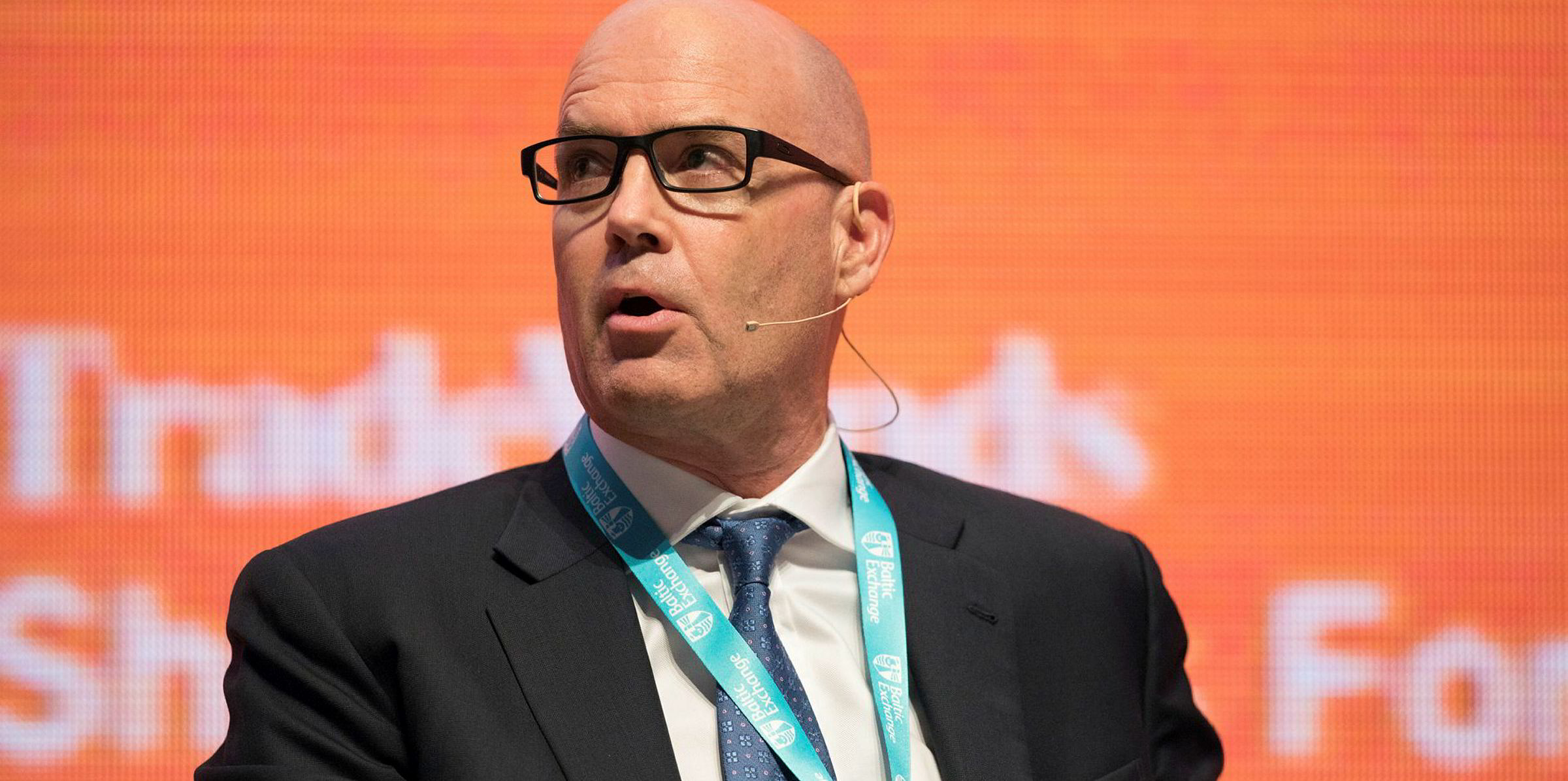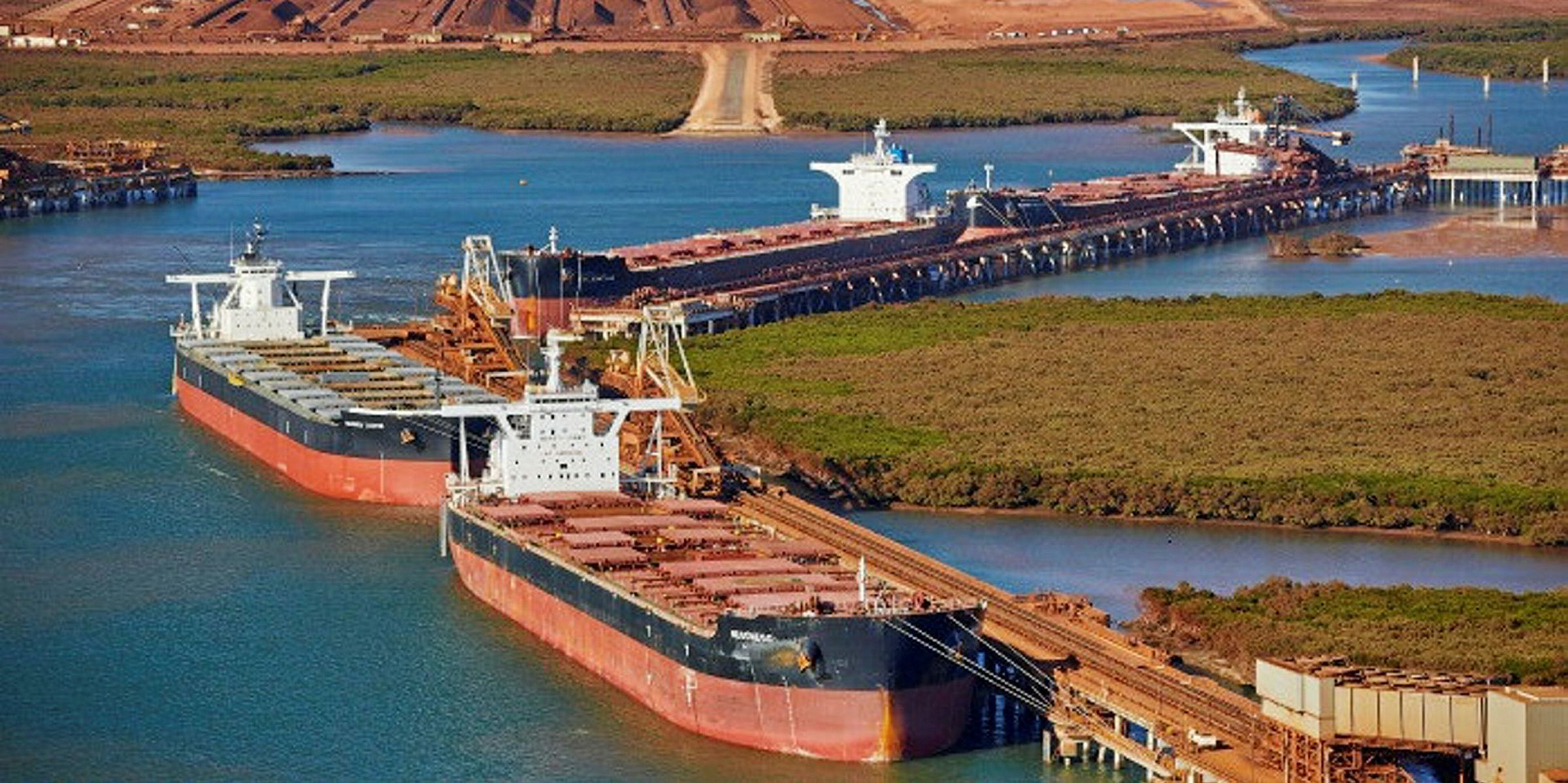Shipowners are holding back in the newbuilding and sale and purchase departments despite the rally in dry and wet market indices.
“The freight market continues to favor the dry bulk segment, moving into six-year highs with few signs of slowing down in the short term,” said Clarksons Platou Securities.
The UK-Oslo brokerage said this is being reflected in the S&P market with higher transaction volumes seen for supramaxes and panamaxes.
“It is noteworthy however, that 2019 has seen less capesize transactions, at 19 year-to-date versus 74 for 2018 as a whole,” it said.
Clarksons Platou Securities says that in light of minor bulk prices now reflecting parity levels for five-year-old vessels, a “repricing is likely for the big ladies”, which it says are now looking at 30% discounts for a five year old and 12% for eco-tonnage.
“At the current one-year timecharter, the prospective cash return is close to a 21%,” it said.
“Bound for stronger third quarter earnings, the current 84% pricing of NAV in the space could narrow further to better reflect earnings potential for 2019.”
In contrast, Deutsche Bank shipping analyst Amit Mehotra said that despite the firm rate backdrop across all sectors, industry-wide newbuild ordering remains limited due to concerns around the global growth outlook along with a relatively constrained capital environment.
“Through August, the industry has ordered 13.5mdwt of dry bulk carriers, 60% below both the pace set in 2018 and the long-term average despite rates firming to multi-year highs,” he said.
“Capesize ordering has picked up a touch with seven vessels ordered over the last two months which we attribute to the strong rate environment."
In the tanker sector, Mehotra said only 10.4mdwt of crude tanker capacity, down 45% year-on-year and more than 30% below the trailing 20-year average.
“While current one year VLCC rates offer attractive returns, the industry has ordered an average of just one VLCC per month since January, well below the historical average of about four per month,” he said
Through the first eight months of the year, Deutsche Bank said product tanker newbuild orders total just 2.1mdwt of capacity, down more than 20% year-on-year and 60% below the historical average.
“While the product tanker segment boasts very attractive fundamentals and a decent rate environment, newbuild ordering remains at historically low levels,” it said.





